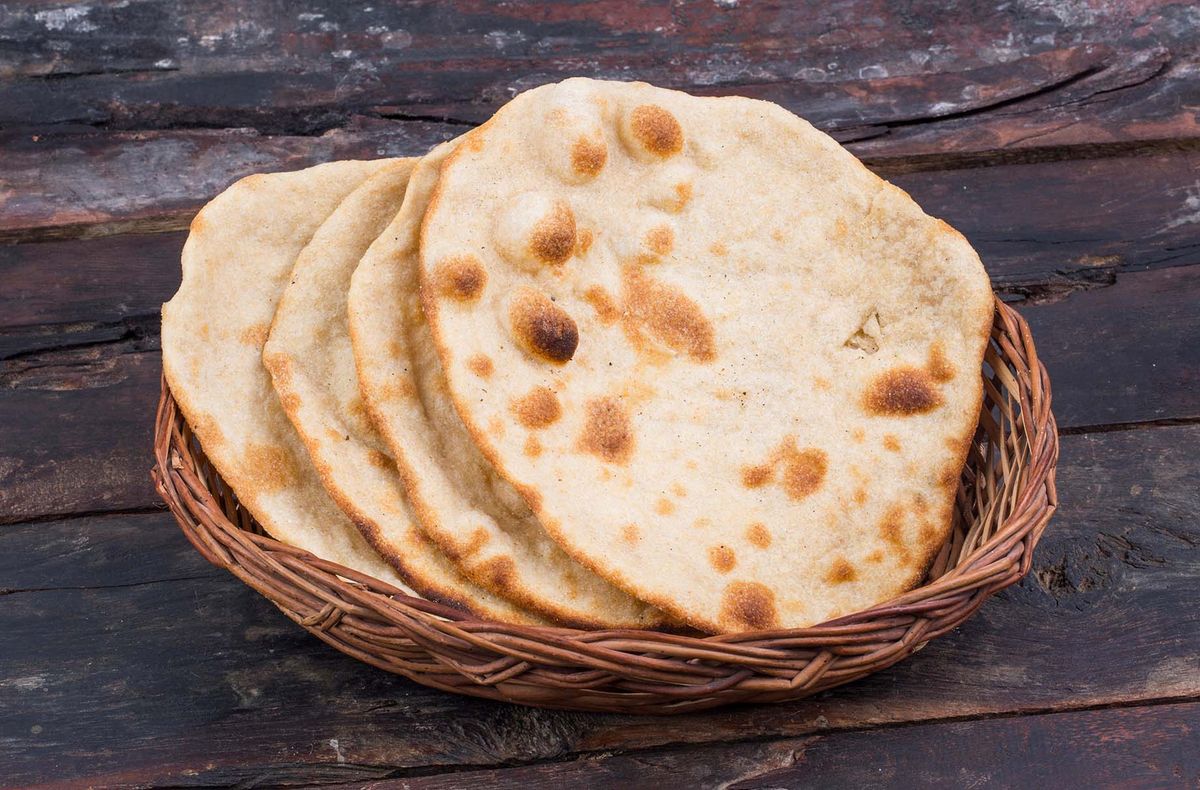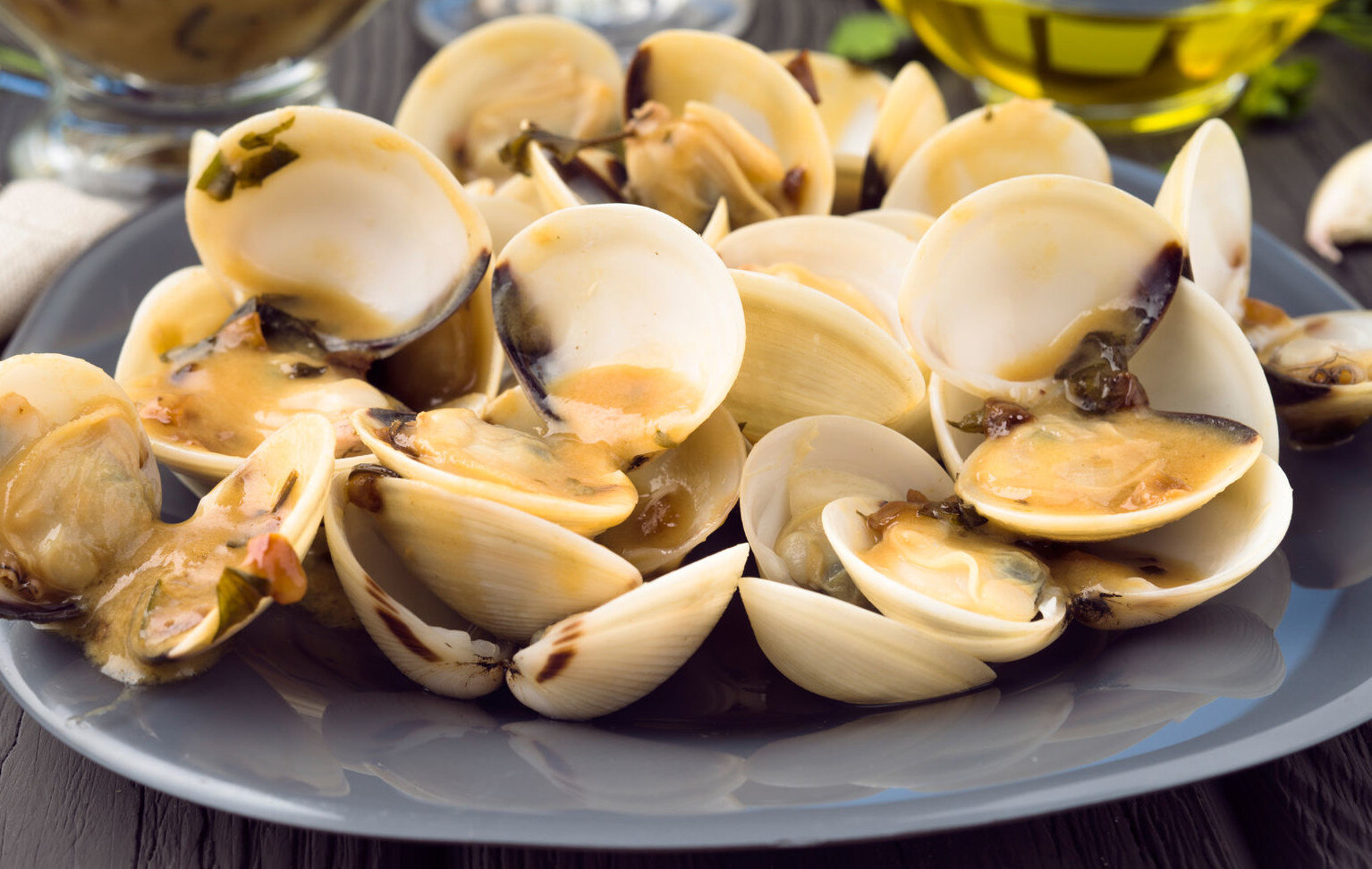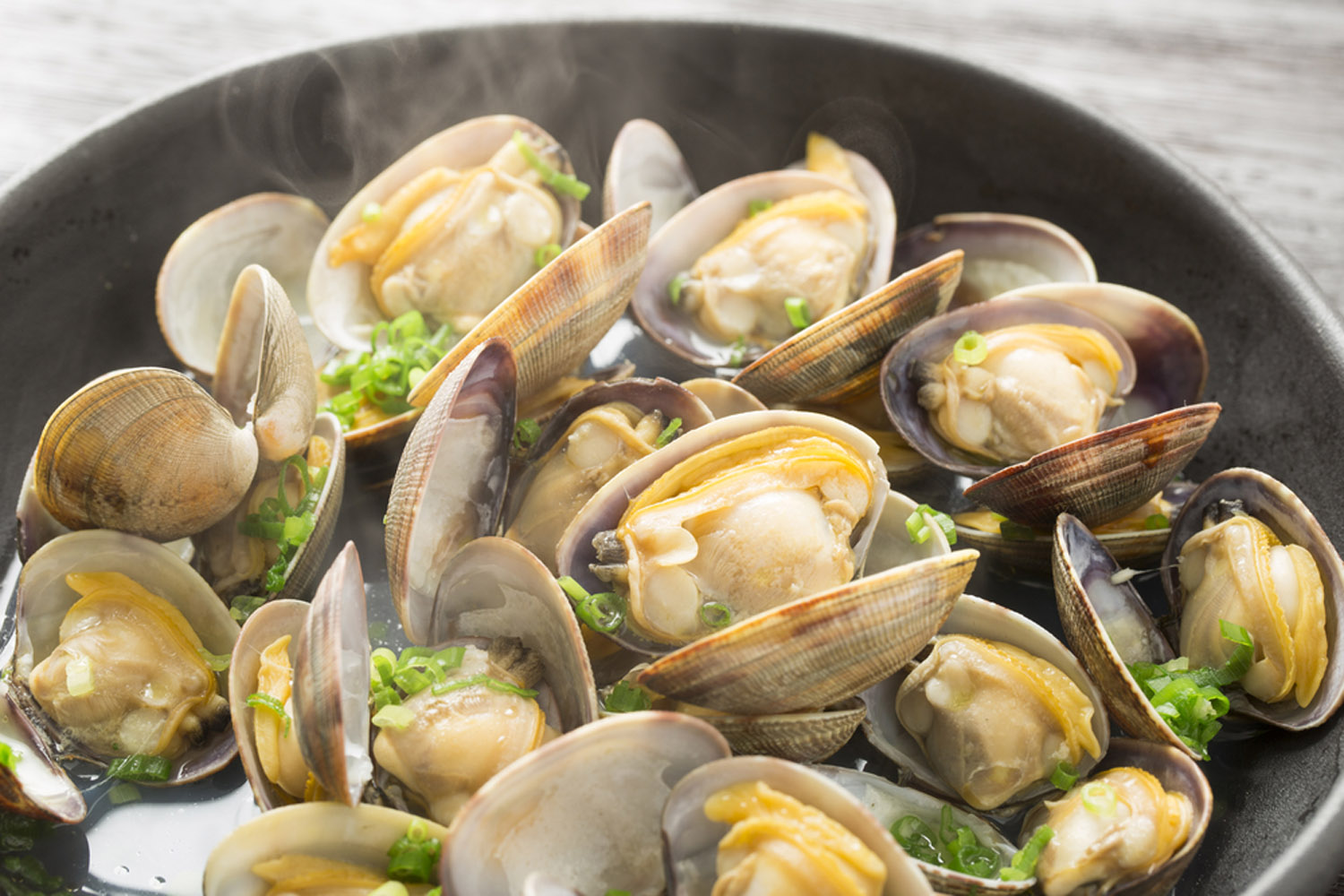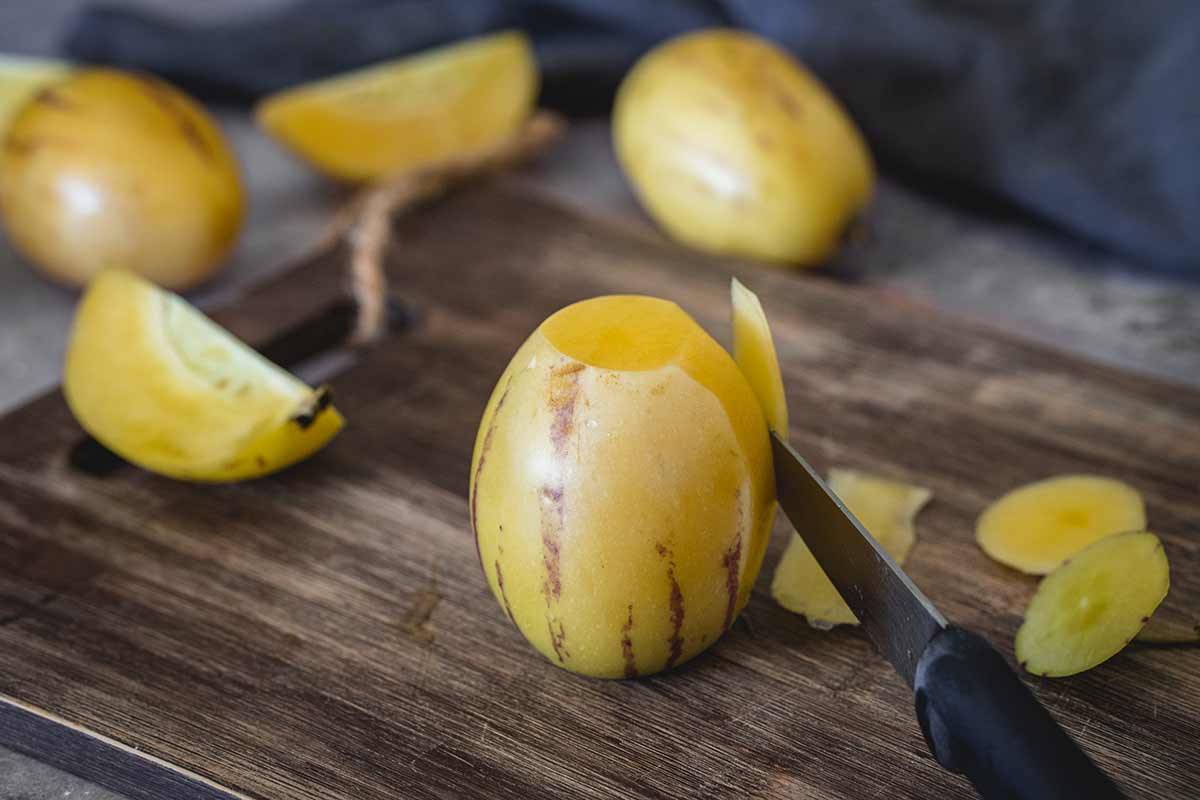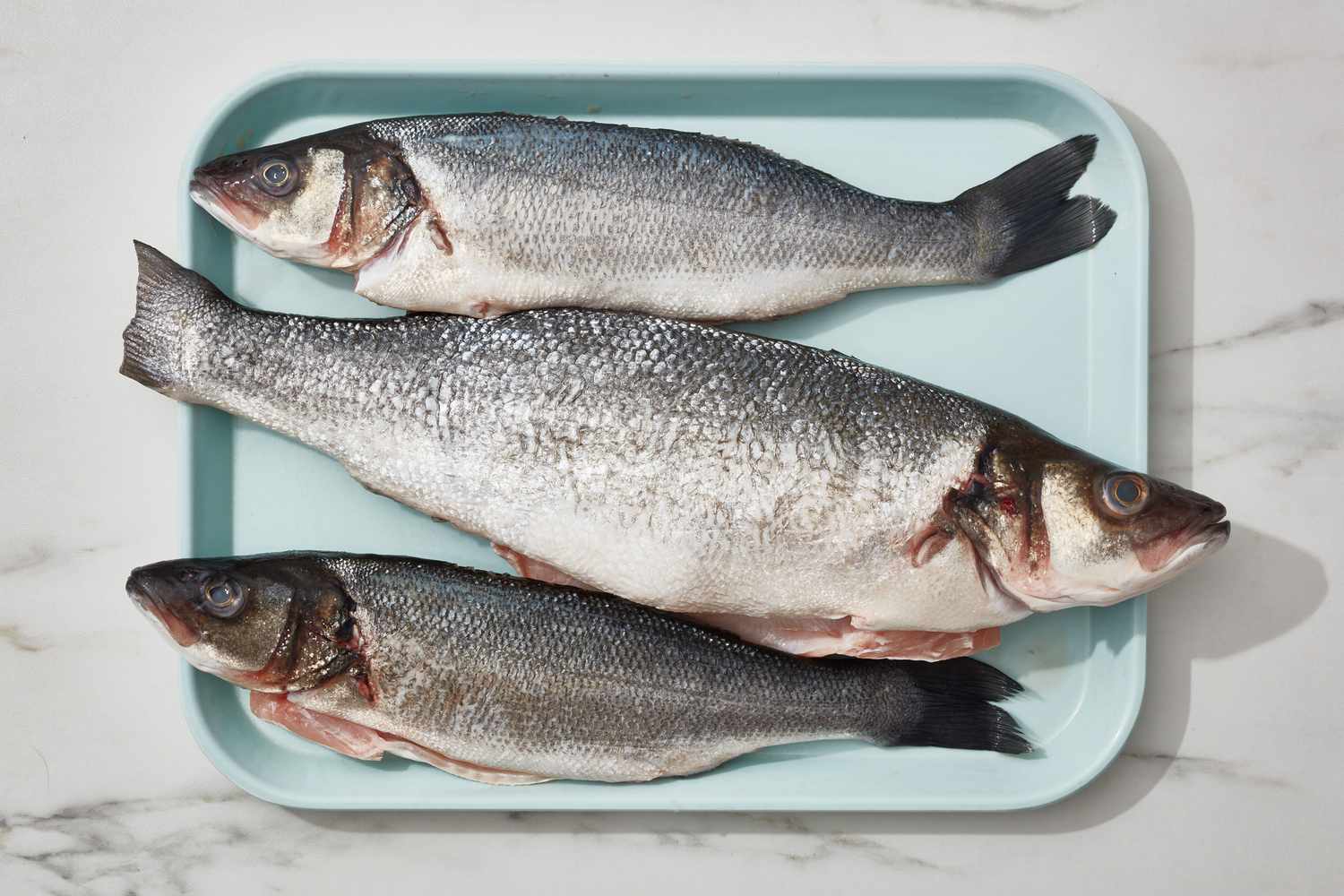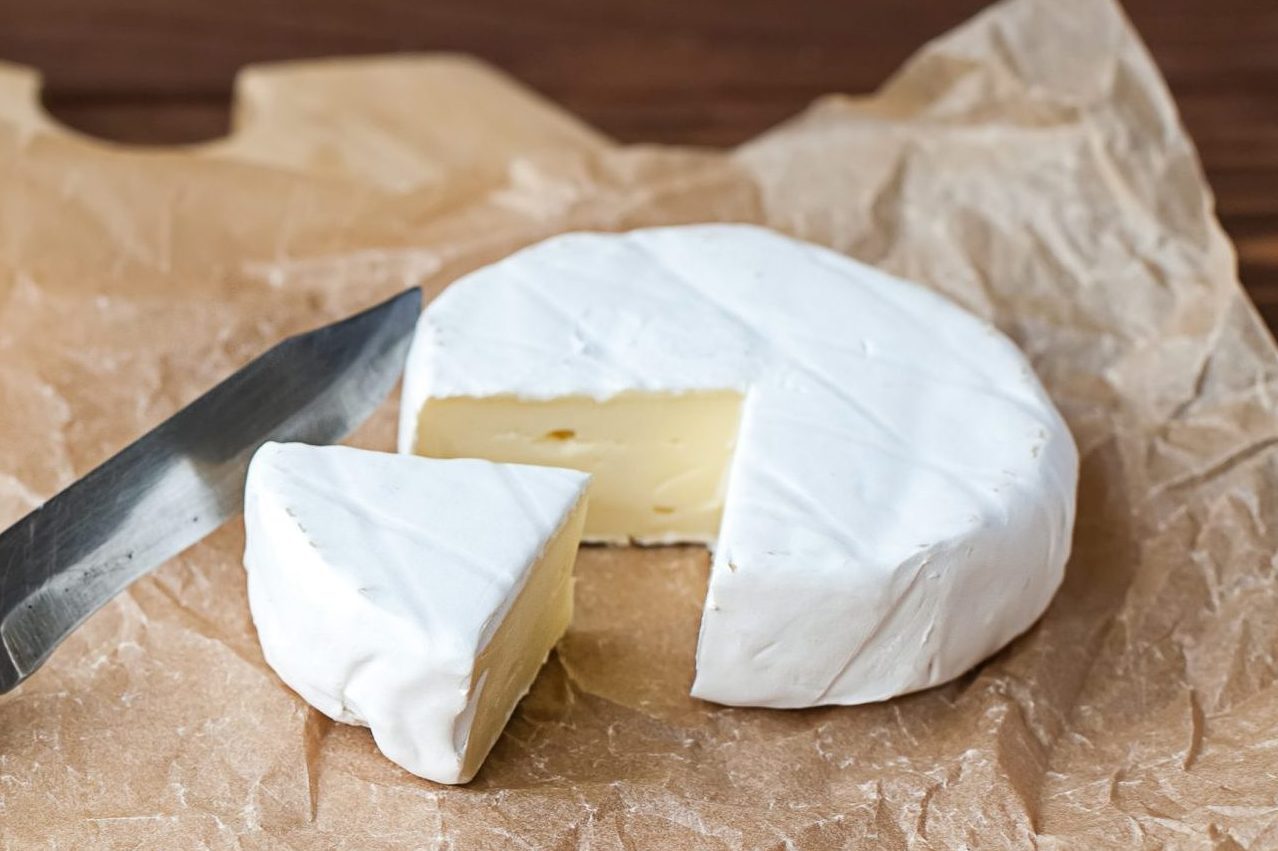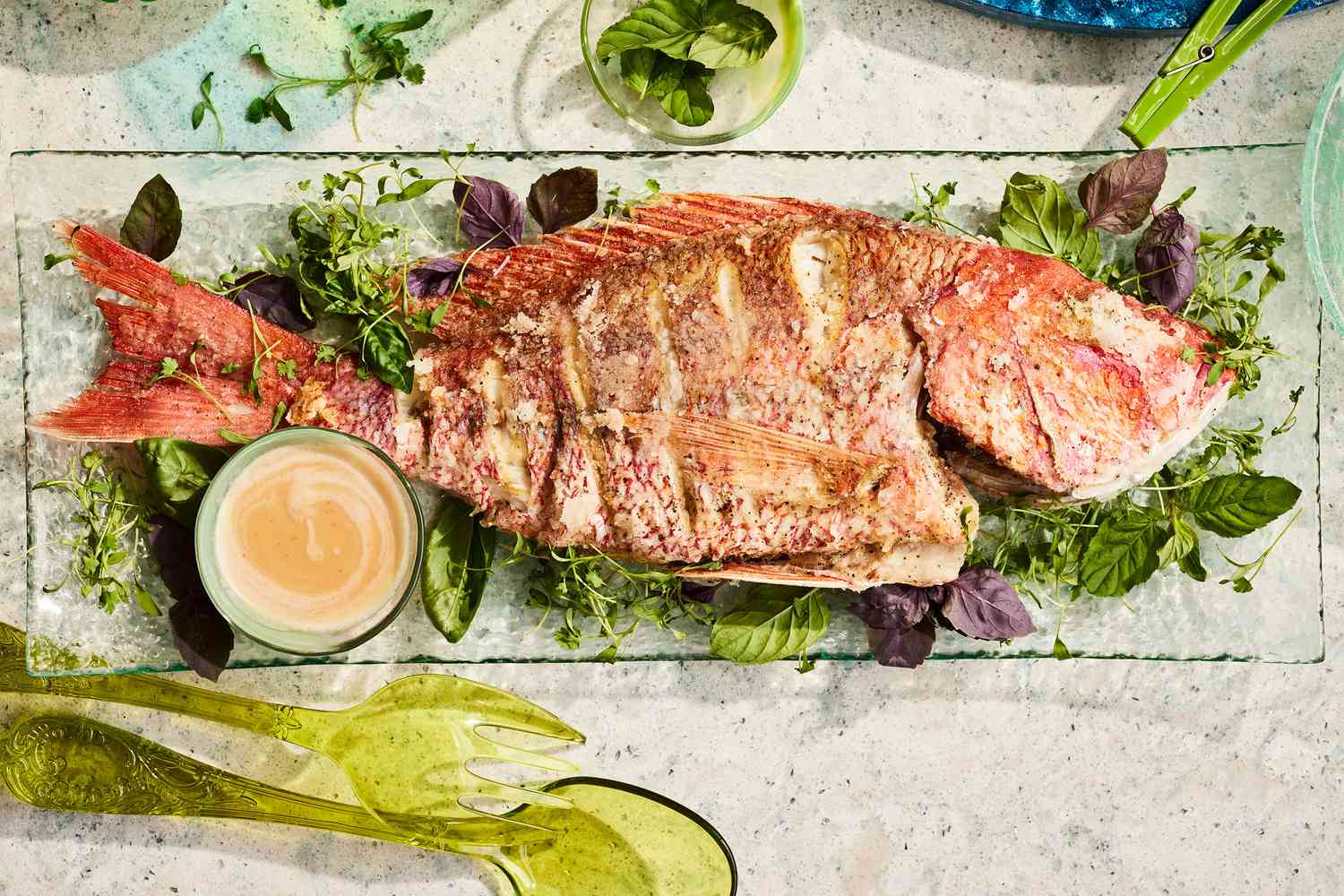How to Incorporate Bindweed into Your Diet
Bindweed, also known as Convolvulus arvensis, is a common weed found in many gardens and agricultural fields. While it is often considered a nuisance due to its invasive nature, bindweed is actually edible and can be a nutritious addition to your diet. In this article, we will explore the various ways you can incorporate bindweed into your meals and enjoy its health benefits.
Harvesting Bindweed
Before you can start incorporating bindweed into your diet, you’ll need to know how to properly harvest it. Look for young, tender bindweed shoots, which are typically best for consumption. Be sure to harvest from areas that have not been treated with pesticides or other chemicals.
Preparing Bindweed for Consumption
Once you have harvested bindweed, it’s important to properly prepare it for consumption. Start by washing the bindweed thoroughly to remove any dirt or debris. You can then blanch the bindweed in boiling water for a few minutes to soften it and remove any bitterness.
Ways to Eat Bindweed
Now that you have prepared your bindweed, it’s time to get creative with how you incorporate it into your meals. Here are a few ideas to get you started:
- Bindweed Salad: Chop the blanched bindweed and toss it with your favorite salad ingredients, such as tomatoes, cucumbers, and a light vinaigrette dressing.
- Bindweed Stir-Fry: Add blanched bindweed to a stir-fry with other vegetables and protein for a nutritious and flavorful dish.
- Bindweed Smoothie: Blend blanched bindweed with fruits and yogurt for a refreshing and nutrient-packed smoothie.
- Bindweed Pesto: Use blanched bindweed as a base for a delicious pesto sauce to toss with pasta or spread on toast.
The Health Benefits of Bindweed
Bindweed is not only a versatile ingredient, but it also offers several health benefits. It is a good source of vitamins A and C, as well as minerals such as magnesium and potassium. Additionally, bindweed contains antioxidants that can help protect your cells from damage.
Furthermore, bindweed has been used in traditional medicine for its potential anti-inflammatory and diuretic properties. However, it’s important to consult with a healthcare professional before using bindweed for medicinal purposes.
Final Thoughts
While bindweed may be considered a pesky weed in your garden, it’s clear that it has potential as a nutritious and delicious addition to your diet. By following proper harvesting and preparation techniques, you can enjoy the health benefits of bindweed in a variety of tasty dishes. So, the next time you spot bindweed in your garden, consider giving it a try in the kitchen!
Remember, it’s always important to properly identify any wild plants before consuming them, and to consult with a knowledgeable expert if you have any doubts about their safety or suitability for consumption.


